| Author: | | Site Supporter Registered: February, 2008 Location: MT Posts: 1,349
1 user found this helpful
| | Review Date: March 6, 2008 | Recommended | Price: $2,100.00
| Rating: 9 |
| Pros: | color rendition, compact tripod collar, | | Cons: | polarizer window loosens with time | |
Never realized how nice this lens would be for landscape extractions. It's really great! The compression effect of the telephoto linked with the optical quality of this lens equals superior landscape work. The ED element(s) get the color equation down better than I could have expected.
From the first turn of the nicely damped focus ring you can tell this is a top quality product. This is a "new generation" lens developed along with the 67II. I prefer Pentax's modern color rendition to their earlier lens colors.
Nice large lens hood blocks stray light, but affixes somewhat inconsistently--and the handy polarizer window (for spinning the polarizer without removing the lens hood) has worked itself a bit loose on my copy. Not enough of a glitch to dislike the lens, just a minor bother.
Also, earlier Pentax 67 lenses had bayonet mounts for filters and the only 82mm filters ever available from Pentax are bayonet models. This lens doesn't accept bayonet, so I can't use my beloved Pentax cloudy filter 
See additional positive review and testing on the Luminous Landscape website.
| | | | | | | Veteran Member Registered: February, 2008 Posts: 434 | | Review Date: February 17, 2009 | Recommended | Price: $1,100.00
| Rating: 10 |
| Pros: | sharp, good bokeh | | Cons: | cost | |
Very sharp, even wide open and with smooth out of focus areas. Works well on Pentax DSLRs as well; no detectable CA or purple fringing.
| | | | | Pentaxian Registered: February, 2009 Location: Arizona Posts: 1,272
3 users found this helpful
| | Review Date: April 22, 2012 | Recommended | Price: $1,300.00
| Rating: 9 |
| Pros: | Close focus, tripod mount, no color fringing | | Cons: | Heavy, rare, no f/45 stop | | Sharpness: 9
Aberrations: 9
Handling: 7
Value: 6
| |
Overview and Optics
Initial opinion is that this is noticeably heavier than the older Takumar. It is also a bit longer than the older 300. It is nice to have a tripod mount on this newer lens since the Takumar was plagued with shutter vib issues. The close focus is MUCH closer than the Takumar. This is a 9 element lens with 2 ED (Low Dispersion) elements as opposed to the 5 element Takumar. More elements gives the designer many more degrees of freedom to control aberrations. This new 300 departs from the traditional telephoto design because it does not use a negative rear group but has one that is slightly positive. The cross section is nearly identical to the older 400 EDIF. It consists of a quadruplet up front which contains two ED elements, a middle group with a positive and negative element and a rear group consisting of 2 positive elements and 1 negative one. This lens is designed to be shot wide open with good performance and no fear of color fringing. The 300 EDIF was designed to take advantage of the low dispersion glass by controlling colors passing through all lens areas ( paraxial, zonal and marginal). This lack of longitudinal chromatic aberration in all lens zones makes for a lens with low spherochromatism and excellent performance. The use of ED glass also reduces lateral chromatic; something that the diaphragm cannot reduce and is therefore important to correct out. Both the 400 and 300 Takumars had some of this and it was annoying at times. I suspect that the 300 EDIF is corrected for 4 colors (superachromatic), probably red, blue, green & violet. The aspect that makes the use of ED glass so much better than conventional glass is the degree in which it controls the uncorrected colors (far violet, orange, teal and yellow). These colors will focus much closer to the film plane than when using conventional glass. This is the most important advantage of using low dispersion glass. The reason this lens is longer than the older 300mm is that Pentax wanted to get away from the true telephoto design that uses a negative group at the rear to shorten the overall length of the lens. This shortening also reduces performance because it magnifies the aberrations from the front group.
Since this lens was only produced for a short time, it is not a common lens. Its rarity and reputation have turned this lens into a much sought after optic. Its price on the used market remains high.
Accessories
Focusing is smooth but too easy. The focusing ring needs more resistance. It is too easy to move the focus when not intending to. The lens needs a click stop at infinity so that you know where infinity is when using this lens in low light. The lens hood does not fit as well as the hoods on the zoom lenses. The tripod mount rotates to allow vertical shooting and locks down snugly with a small knob. When rotating the lens and body within this mount, one can feel a notch, indicating when vertical is reached. This is a great idea. The DOF scale is very cramped and hard to read. It is one of the drawbacks from having a quick INTERNAL FOCUSING system. Little motion is needed to change focus. The front filter is the same as the older 300mm; 82mm.
The diaphragm is a nine blade type and not nearly as nice as the 12 blade one on the 400 Takumar. It is close to being round at f/5.6 but nowhere else.
I'm not sure why Pentax decided to abandon the f/45 stop on this new version of their 300 mm. It was quite useful on their 300 Takumar/Pentax for tough DOF shots. All of their longer telephotos have it.
Performance
Since this lens has close focus capability due to IF, it can be used for macro work. It combines well with the inner bay extension tubes. I used the #2 and #3 tubes and could fill the frame with a couple of 2 inch flowers. The old Takumar could not even come close to doing this with these two tubes. DOF is a bit limited in macro work with the 300 ED because it only stops to f/32. After several attempts at macro work with the #2 and #3 tubes, it is obvious that shooting from 1/2 to 1/30 second range affects the sharpness in a negative way due to shutter vib. The reason is because the distance between the tripod mount and the shutter is increased substantially, thus allowing more leverage and movement. Shutter speeds out of this range do quite well.
The 1.4X rear converter (gray) fits on this lens and does not degrade the image. This combination makes for some really sharp pictures. The logical comparison is between this combination and the 400 Takumar. In sharpness they are similar but the ED + 1.4 has way less lateral color. The ED + 1.4 competes well with the 400 EDIF.
A comparison between the 300 EDIF and the 400 Takumar in the f/8 to f/11 range show little difference.
A comparison between this rare 300mm and the older Takumar shows the main difference being at wide open aperture. The Takumar would color fringe at f/4 in high contrast situations. The ED version will not. The ED 300 is noticeably sharper wide open as well. At f/8 the older 300 does quite well since color fringing is reduced and so are the aberrations (with the exception of lateral color, distortion and curvature of field). The older Takumar does nearly as well as the ED 300 at f/8 in sharpness but the big difference is in lateral color. In the ED, it is undetectable; in the Takumar, it is a problem when contrast is high. Another difference between the two is in color rendition. The ED is the hands down winner here. The ED also has better contrast than the Takumar. Possibly even more significant than the optical differences between the two, is the addition of a tripod mount on the ED version. However, it is a mistake to think, that since this lens has a tripod mount, it can't be affected by shutter vib. It can be, especially when using the tripod fully extended in the shutter range of 1/2 to 1/30 sec. This becomes much worse when adding the 1.4X converter to the lens.
| | | | | Pentaxian Registered: January, 2009 Location: East Bay Area, CA Posts: 6,620
3 users found this helpful
| | Review Date: March 13, 2014 | Recommended | Price: $1,200.00
| Rating: 9 |
| Pros: | sharp, durable, smooth large focus ring with long throw | | Cons: | heavy, pricey, heavy & pricey | | Sharpness: 9
Aberrations: 10
Bokeh: 10
Handling: 10
Value: 9
Camera Used: 645D
| |
I bought this lens to use on my 645D with the 67>645 adaptor ring. I also have a 67 1.4x TC for use with this combination.
I am more than impressed with the performance of the lens mounted to the 645D & 645Z. The IQ is stunning and I've yet to notice any problems with CA which I always expect to see with slightly older teles. No issues here.
Obviously, the large size of the lens make me really consider on which outings I'll take it, but I wouldn't be happy with the lightest possible 300mm lens if it took bad pictures, so...
I'd probably rate this a 9.5, but let's call it a solid 9. I love it!
PS - I did not initially realize that the mounting foot of this lens may be removed and reversed to throw that weight forward a good bit and improve the overall balance of the rig when using a non gimbal tripod head. nice touch!
PPS - if you use a non-pentax 67>645 ring adaptor, such as Fotodiox, you must apply some flat black paint to the shiny black anodized throat section of the adaptor or else, you could see some serious light reflection on your images. I sprayed BBQ grill flat paint into the paint cap and applied with an artist brush, took 5-10min. This is not an issue with the lens, just the adaptor ring. Be warned!
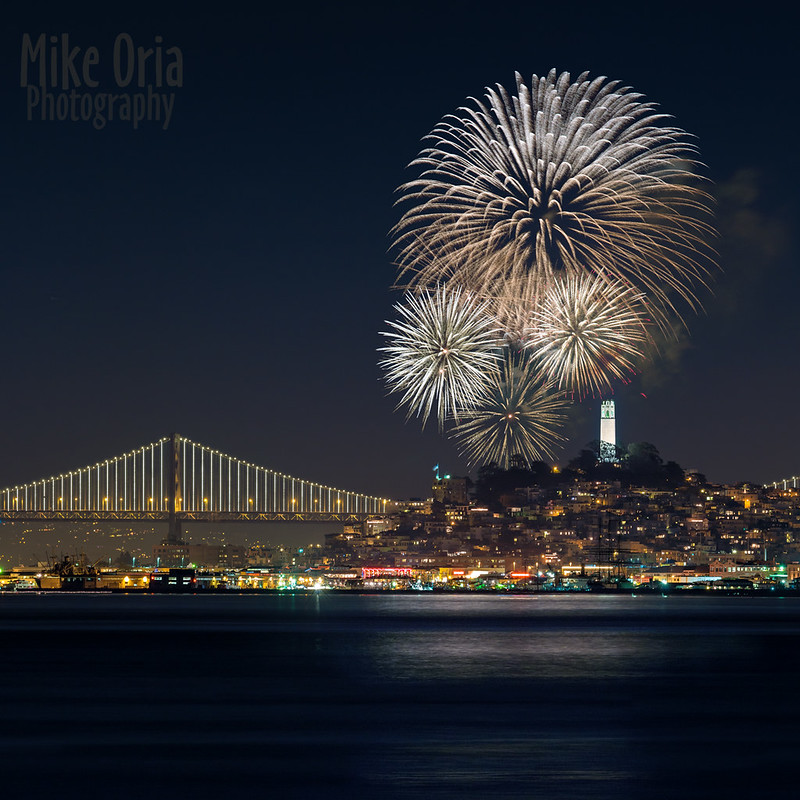 White Set 2015 White Set 2015
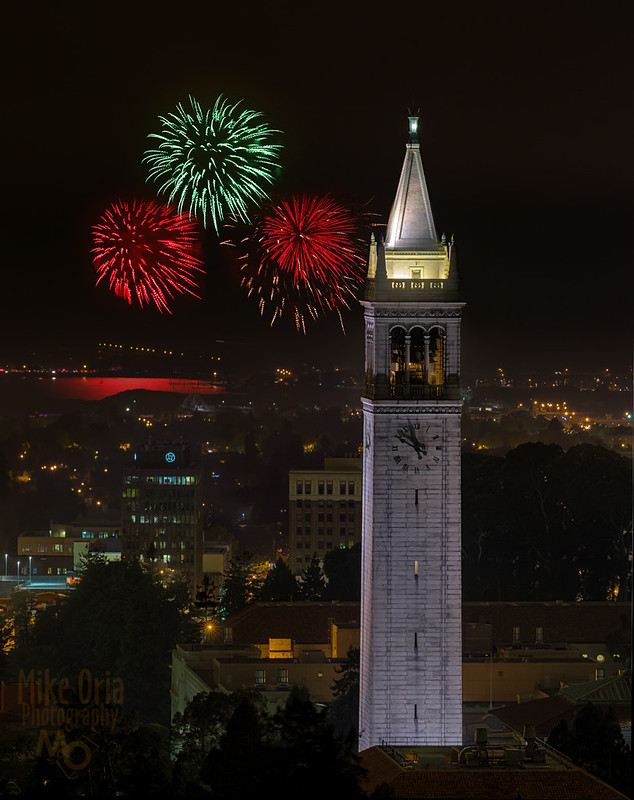 Party In Berkeley Party In Berkeley
 365 365
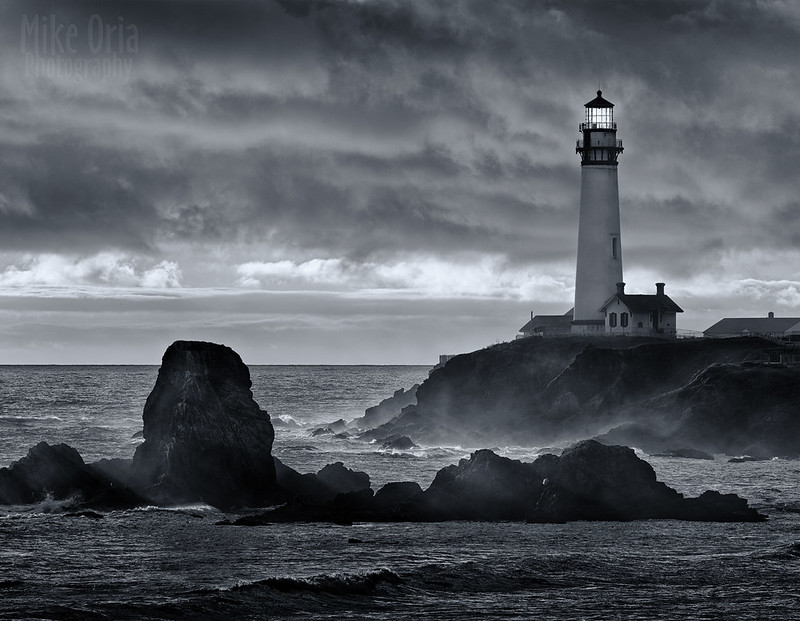 Sea Lamp Sea Lamp
why stop there? Here is a whole album of my 67 M*300/4 shots, as used on 645D and 645Z: https://www.flickr.com/photos/mikeoria/albums/72157663192487870 | | | | | | | New Member Registered: September, 2014 Location: Sydney Posts: 4 | | Review Date: October 25, 2014 | Recommended
| Rating: 9 |
| Pros: | Sharpness, Colour, Easy of use f4 | | Cons: | None to speak of it's a big lens. | | Sharpness: 10
Aberrations: 9
Bokeh: 10
Handling: 9
Value: 10
| |
Having just received this lens I was keen to see how it performed handheld on my 645Z and it doesn't disappoint. For it's age if you want an excellent lens for your 645D or 645Z then you can't go wrong. Having used Canon and Carl Zeiss lenses for years the Pentax 300mm is a no brainer. I'm no expert however I can't see why a 67 lens is not a bargain at today's prices.
I agree fully with the thoughts of the previous reviewers and it was the advice given by these users that I decided to buy the lens.
The image below was taken handheld at f22, 1/200, iso 400 on a Pentax 645Z.
 | | | | | New Member Registered: June, 2017 Posts: 4 | | Review Date: June 17, 2018 | Recommended | Price: $980.00
| Rating: 10 |
| Pros: | sharpness, handling, minimum focus distance | | Cons: | none | | Sharpness: 10
Aberrations: 9
Bokeh: 8
Handling: 10
Value: 9
Camera Used: Pentax K5 II
| |
With my Pentax K5 II, this lens produces excellent image quality even with its companion 1.4x rear converter. I currently use this combo as my main equipment for bird photography. With very short minimum focus distance, it also works very well with little creatures like butterflies, dragonflies, and small reptiles.
I normally use the set with a small Gitzo fluid head mounted on a monopod. Manual-focusing is very easy and buttery smooth using my left thumb or index finger alone.
   | | | | | Loyal Site Supporter Registered: October, 2018 Location: Quebec City, Quebec Posts: 6,575 | | Review Date: October 16, 2019 | Recommended | Price: $1,500.00
| Rating: 10 |
| Pros: | Very sharp and brilliant rendering in landscape photography | | Cons: | Heavy, needs the use of a tripod | | Sharpness: 10
Aberrations: 10
Bokeh: 9
Handling: 8
Value: 10
Camera Used: PENTAX 67 II, 645Z
| |


I had to bring my Pentax 67 II with several lenses and my Manfrotto tripod down a steep 250 meter path covered with rocks and tree roots to access this viewpoint in Mauricie Nat'l Park but the results were well worth the effort. Tripod-mounted 67 M* 300 mm f/4 lens @ f/8 on Ektar 100 negative film.


Two recent images made with the 645Z, the sailboat was shot with the addition of the most recent grey 1,4X converter. The lens is heavy and has a wide diameter. When combined with a 645Z body, the camera weighs several pounds and is difficult to handle safely. I always fear dropping it when I mount it on my tripod (Solution : a Ballhead with a Quick-release plate). Focusing is fine with the lens alone but becomes somewhat difficult when you use a 67 converter (f/5.6 viewing with the 1,4X and f/8 with the 2X). There is no use stopping the lens down further than f/8 as this is its optimum aperture, sign of a highly-corrected optic. All in all, a terrific telephoto lens !
| | | | | Site Supporter Registered: October, 2008 Location: Vancouver, Canada Posts: 8,090 | | Review Date: March 4, 2022 | Recommended | Price: $909.00
| Rating: 8 |
| Pros: | Optics, minimum focusing distance, tripod mount. | | Cons: | Focal length, no bayonet filter mount. | | Camera Used: 6x7 MLU, 67, 67II
| |
The Pentax M*300/4 was released in 1999 and is a redesign of the old 6x7/67 300/4 which had been around in various versions since the initial release of the Pentax 6x7 system back in 1969. The SMC Pentax 67 M*300/4 ED remained in production until the entire Pentax 6x7 system was discontinued in the early 2000ís.
Build/Handling:
All Pentax 6x7 lenses are well built and the 67 M*300/4 is no exception. The 67 M*300/4 weighs in at 1650 grams, so itís 220 grams heavier than the last version of the 67 300/4. Itís too heavy for me to hand hold, so thankfully this version has a tripod mount. Itís still small enough to fit in one of my camera bags with a 6x7 body attached, so no issues transporting it.
Usage/Observations:
Even though you donít have to worry about shutter vibrations as much using the 67 M*300/4 compared to other heavier 6x7 super telephoto lenses, I still like to keep the shutter speeds over 1/60, use MLU and a cable release for most shooting. A good sturdy tripod/head are still mandatory, even for this smaller telephoto lens. Focusing is also very smooth with the M*300/4, so no complaints. The lens also features internal focusing (IF), so thankfully the lens size does not change.
OPTICS: The 67 M*300/4 optical design features 9 elements in 9 groups and also has extra low dispersion elements (ED). The optics are excellent at all the apertures I have tested it at. (f/22 to f/5.6) Subject isolation is also very good at f/5.6.
FOCAL LENGTH: The big issue I have with the M*300/4 is the 300mm focal length. This is a focal length that Pentax seemed to create just because it was a nice round number and not one that was very useful. 300mm is too long to be a portrait lens and too short for a decent telephoto lens. For me 300mm is stuck in telephoto ďno manís landĒ and it's my least favourite focal length for the Pentax 6x7 system. (I own 6x7 lenses from 35mm to 800mm) I also have the similar ďfield of viewĒ Pentax K150/4 in the 35mm format and have the same issues with its focal length. Pentax killed off the 150mm focal length for the 35mm format in 1986, so Iím not sure why Pentax kept it around for so long in the 6x7 format.
SPEED; F/4 is typical for a 6x7 format 300mm lens, so no issues for me. Itís fast enough that if you are using a split-image or microprism focusing screen in your 6x7 camera, the centre of these focusing areas will not be darkened. Also, no need for a ďbrightĒ focusing screen either. One weird thing is that the minimum aperture of f/45 was dropped for the M*300/4 and it only goes to f/32???
REAR CONVERTERS: You can use either the late grey 1.4x or the 2x 67 rear converters with the 67 M*300/4. Iíve tried neither, as this is a lens that if I want longer reach, Iíll just use my 400mm or 600mm lens instead.
FILTERS: Using filters on the 67 M*300/4 is another big negative for me. Pentax removed the bayonet filter thread, so you can only use 82mm screw in filters on the 67 M*300/4. Iíve got a whole set of SMC Pentax 6x7 82mm bayonet filters that I canít use on this lens, bloody annoying! 
EXTENSION TUBES: The 67 M*300/4 has a minimum focusing distance of 2 meters, which is excellent, so Iíve had no reason to use any extensions tubes with it.
CASE: The 67 M*300/4 comes with a dedicated soft lens case the S120-230. The case has a nice padded shoulder strap and has enough room to hold the lens and reversed hood.
HOOD: The 67 M*300/4 comes with a removable dedicated lens hood the PH-RBA82. It has a polarizer filter window that you push up into the hood for use with an LPL or CPL filter. This is a great feature as there is no removable window to lose or misplace.
Summary:
While the 67 M*300/4 is a big improvement over the older 67 300/4 that I own, in reality it would have been better to just delete this 300mm focal length all together in 1999. A smaller/lighter 67 265mm f/4 lens would have been a much better idea. (With a removable tripod mount and 77mm filter thread.) Having a hand holdable all-purpose short telephoto lens like the 35mm format 135mm lens would be a perfect solution. Anyone who ever shot film had a 135mm lens and itís one of my all-time favourite focal lengths. If you are searching for good telephoto lens for your 6x7 system, Iíd just skip the M*300/4 and either get a late 67 200/4 or a M*400/4 or both. They are much better choices. Overall I rate the 67 M*300/4 an 8.5.
Price: I bought my 67 M*300/4 online and it cost $909.00USD. It was in LN- condition and came with the original hood. I bought the lens case separately. The price of the M*300/4 has dropped recently, so I mostly bought it for my 6x7 lens collection.
Sample shots taken with the 67 M*300/4. Photos are medium resolution Lab scans from original slides or negatives.
Camera: 67II Film: Kodak T-Max 400 ISO: 400
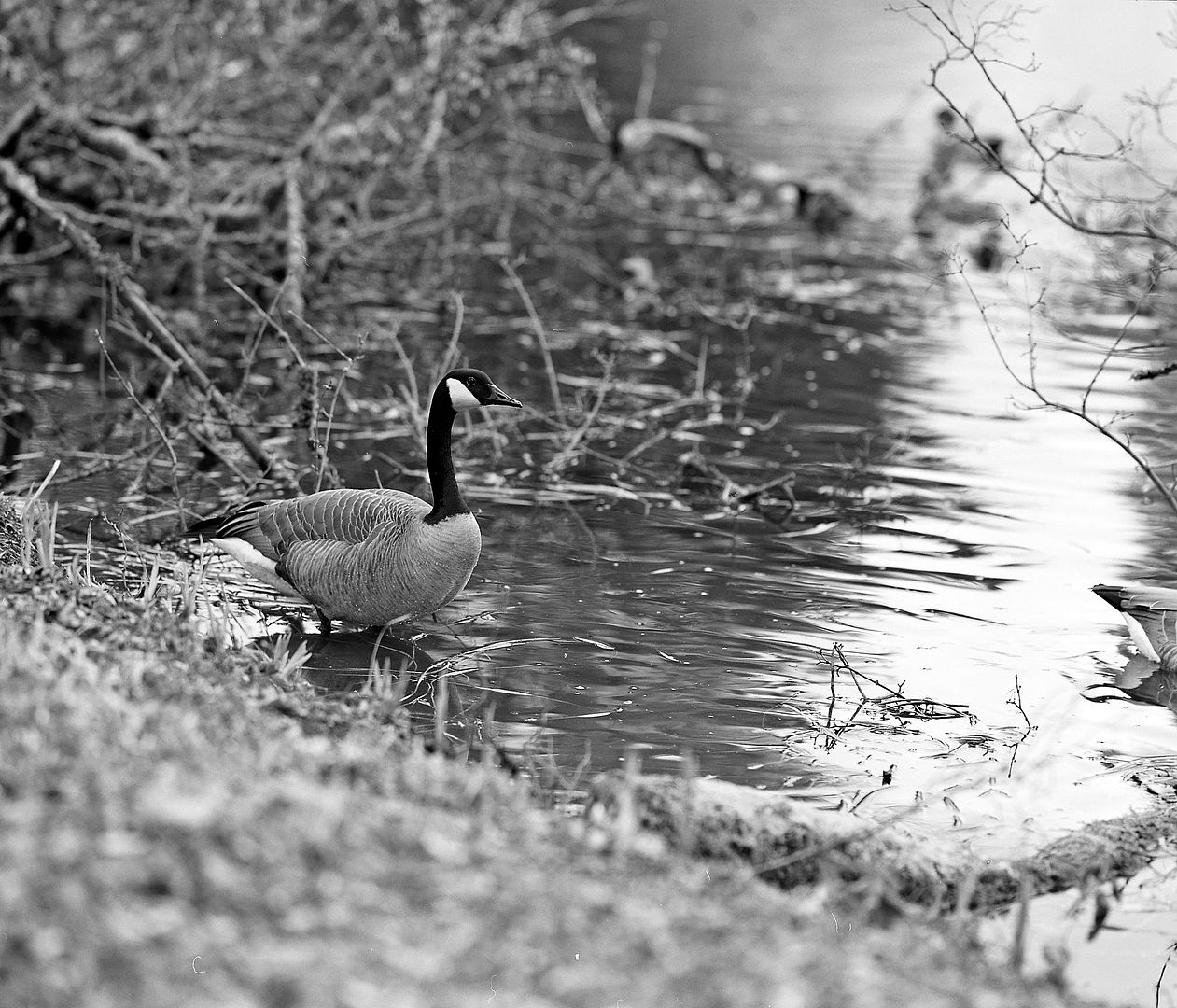
Camera: 67II Film: Kodak T-Max 400 ISO: 400
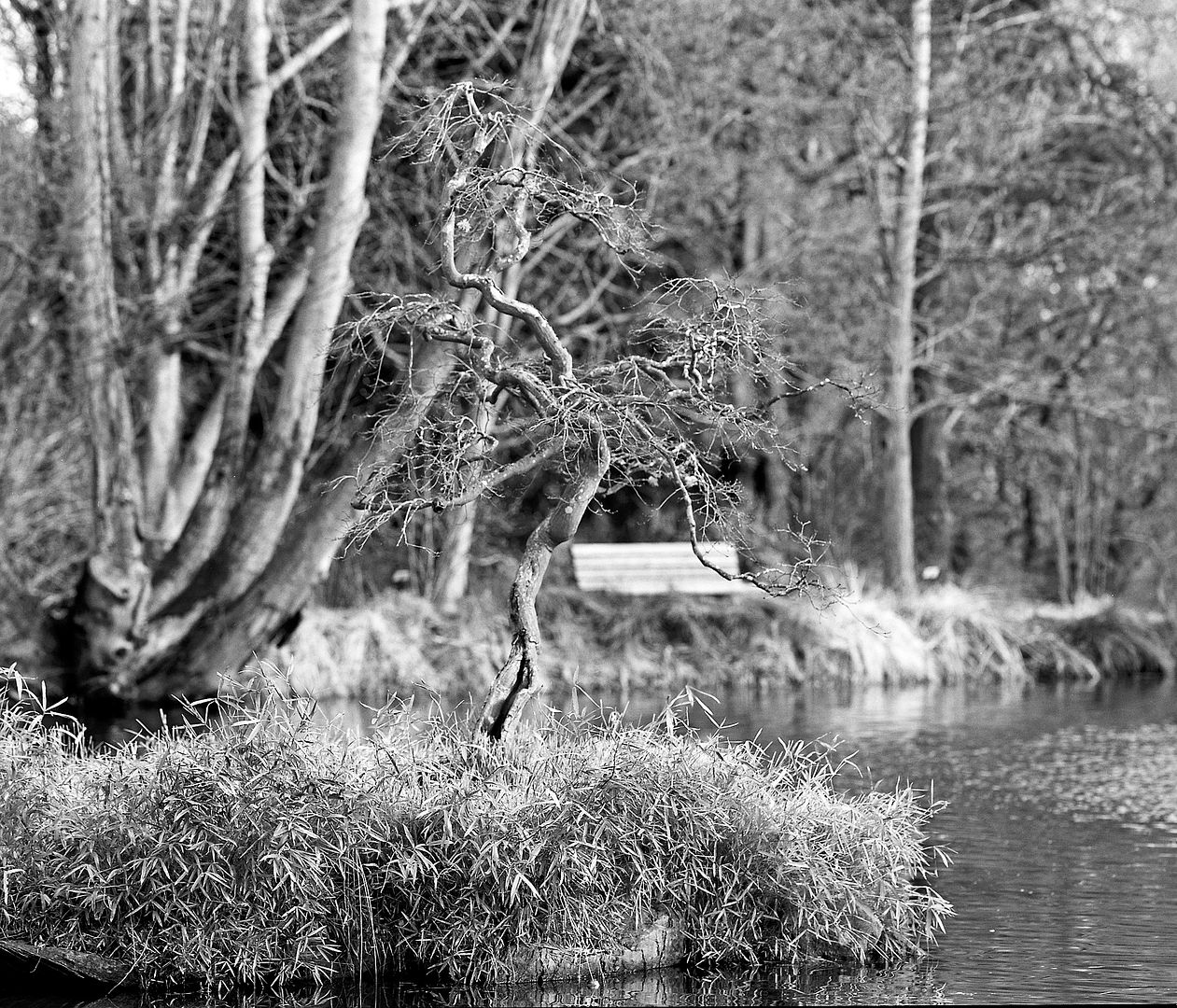
Camera: 67II Film: Ilford Delta 400 ISO: 400
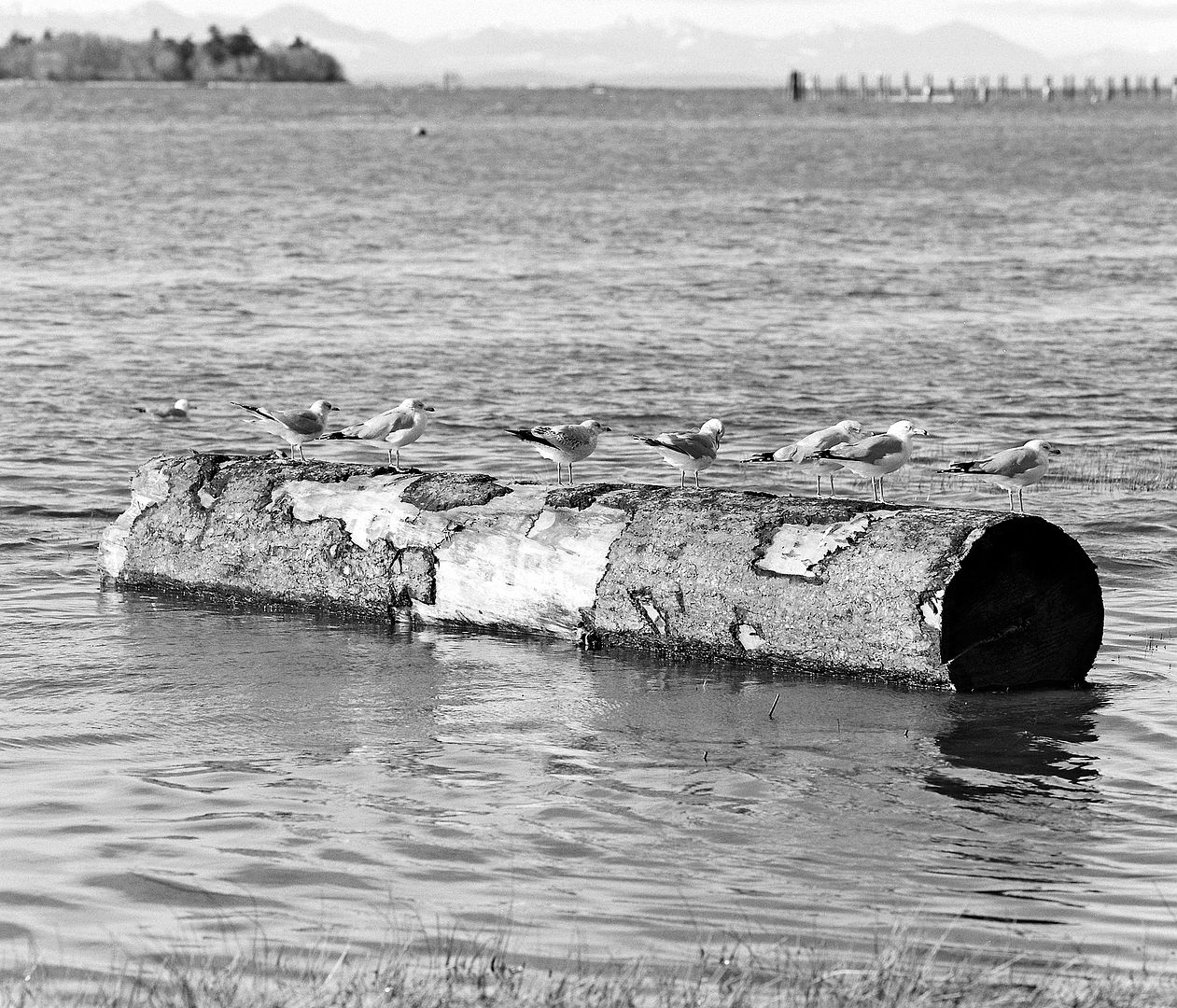
Camera: 6x7 Film: Kodak Portra 400 ISO: 400

Camera: 67 Film: Kodak Portra 400 ISO: 400
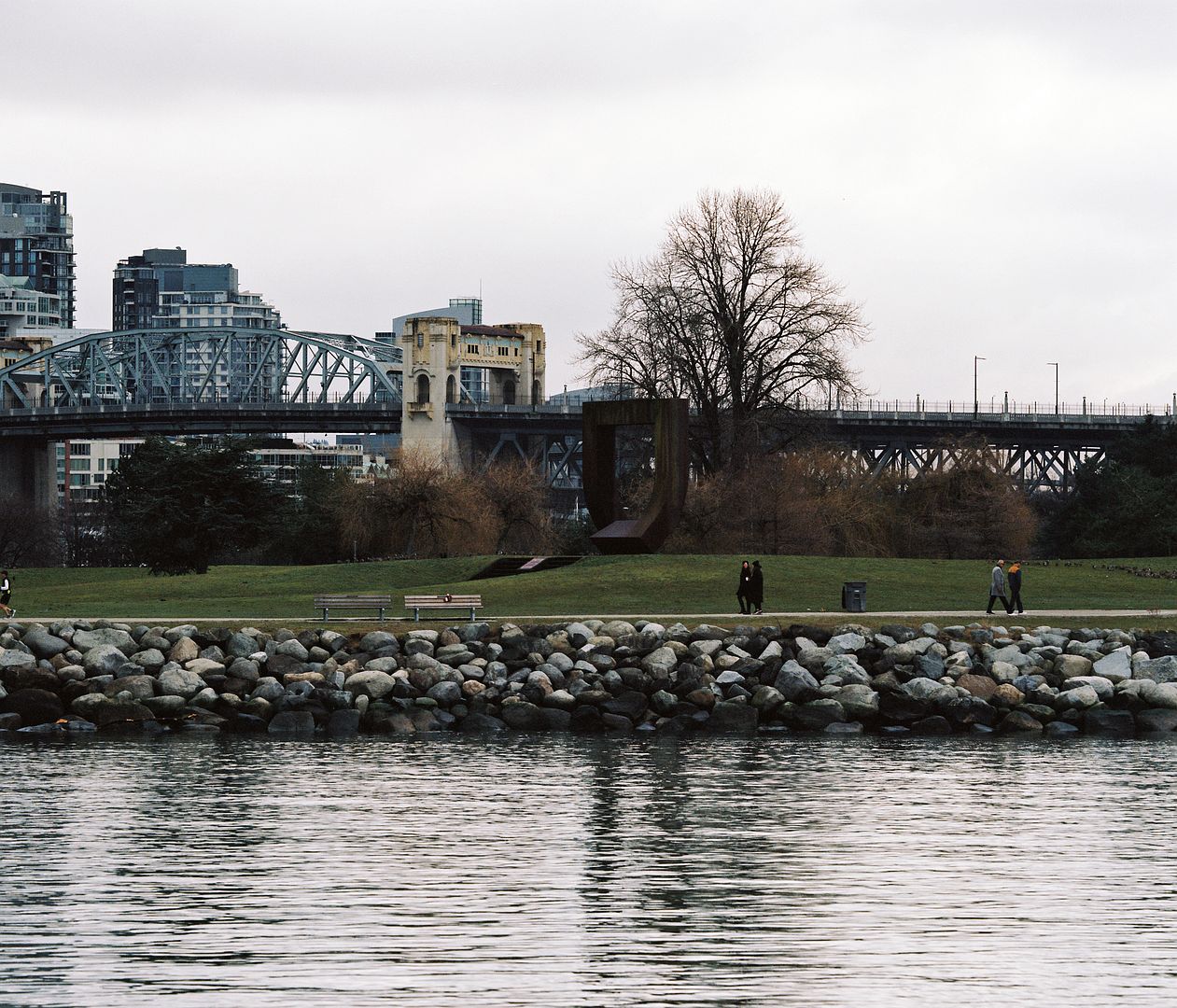
Camera: 67II Film: Fuji Provia 100F ISO: 100
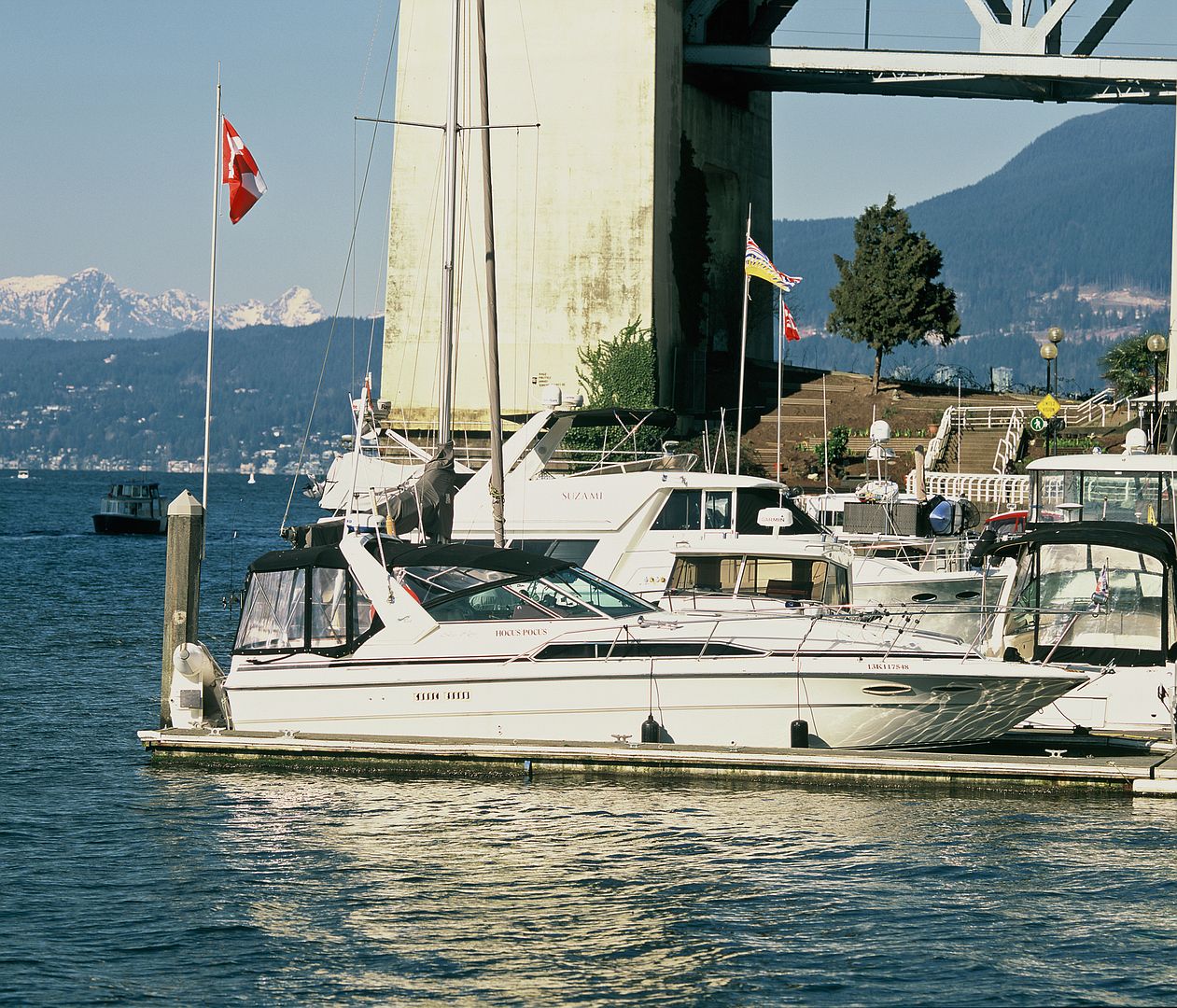 | | |

![SMC Pentax-M* 67 300mm F4 ED [IF] Review RSS Feed](https://www.pentaxforums.com/forums/images/rss/rss_feeds14x14.gif)
![Add Review of SMC Pentax-M* 67 300mm F4 ED [IF]](https://www.pentaxforums.com/forums/images/digitalvb/pentax_red/buttons/addreview.gif)






























